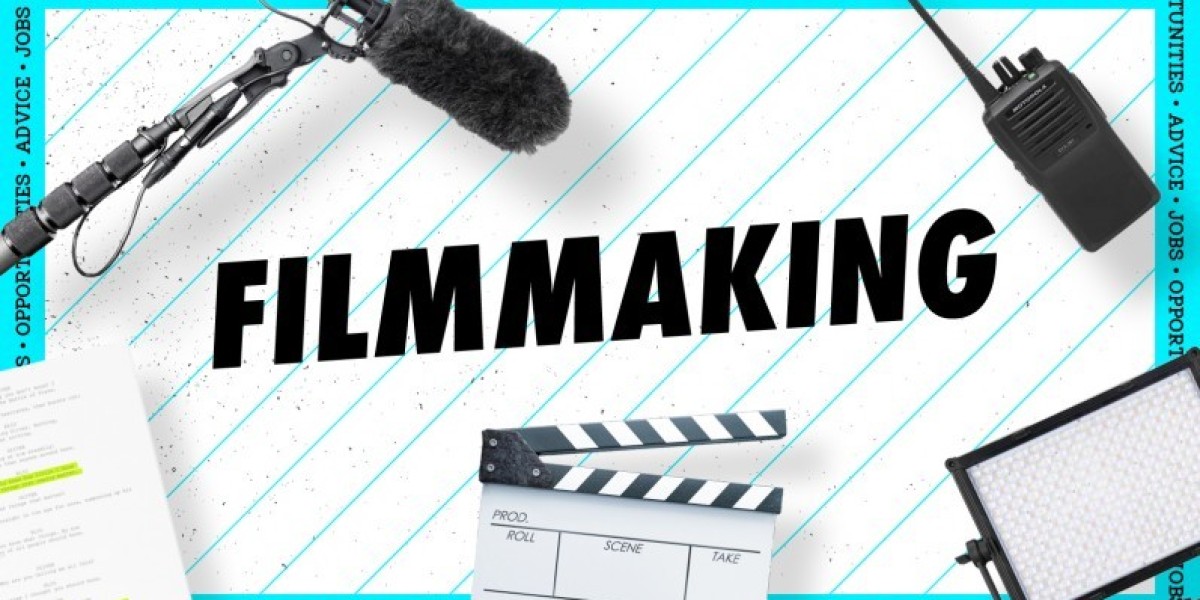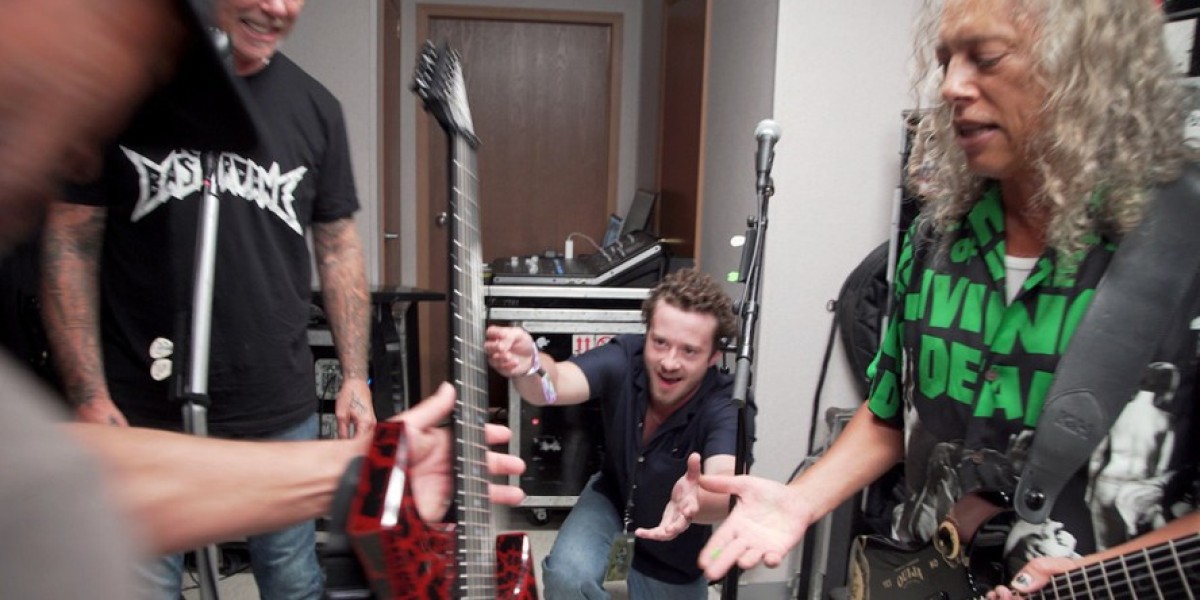Creating a high-quality film on the fly requires more than just a camera and an idea. Run and gun filmmaking pushes you to think fast, move quickly, and make bold creative choices. Whether you're working on a tight budget or under a strict deadline, this style demands efficiency.
It's popular in documentaries, indie shorts, and street-style shooting, where spontaneity and realism drive the visuals. But it’s not just about moving fast—it’s about being intentional with your decisions under pressure.
Success in this approach hinges on preparation, adaptability, and keeping things lightweight. The key is to simplify everything without sacrificing quality.
If you're ready to take your quick-paced shoots to the next level, learn how professionals like rezaid film handle run and gun challenges with efficiency and style.
Essential Pre-Shoot Planning
Even spontaneous filmmaking requires a level of preparation. Know your locations, potential obstacles, and the critical shots you must capture before the day begins.
Have a shot list—even if it’s rough—and pack only what you’ll realistically need. Portability should be a guiding principle for your gear selection.
Scout your environment beforehand if possible, and always plan for backup options in case something changes unexpectedly.
Gear That Keeps You Light and Mobile
Choosing compact, multipurpose equipment helps maintain momentum during a fast-paced shoot. DSLRs, mirrorless cameras, or mobile rigs are perfect tools for mobility.
Use lightweight tripods, monopods, or shoulder rigs that allow quick transitions. Avoid heavy gear that slows down your process.
Audio gear should also be minimal—lav mics, handhelds, or small shotgun mics will keep sound clear without being a burden.
Camera Settings for Fast Action
Keeping your camera set to manual gives you more control. Adjust ISO, shutter speed, and aperture quickly based on lighting conditions.
If you're shooting outdoors, use ND filters to manage exposure. Autofocus can be helpful but learn when to rely on manual focus in fast shifts.
Shoot in flat profiles like Log to maximize post-production flexibility without sacrificing too much detail.
Best Shooting Techniques
Framing quickly but deliberately is a skill. Compose your shots fast but don’t forget basic rules like the rule of thirds and leading lines.
Use handheld shots creatively. The added motion can enhance realism and tension when used intentionally.
When panning or tilting, keep your movements smooth and intentional. Let the subject dictate the motion whenever possible.
Working With Natural Light
Natural light is your best friend in fast-paced environments. Learn to use golden hour, shadows, and reflections to your advantage.
Always track the sun’s position during your shoot. Backlighting can add depth, but keep an eye on exposure.
If shooting indoors, use windows and practical lights to avoid time-consuming setup.
What is Run and Gun Filmmaking?
This filmmaking method emphasizes mobility and spontaneity. Crews are usually small, setups are minimal, and every shot is captured with efficiency in mind.
It’s frequently used for event coverage, documentaries, guerrilla filmmaking, and digital content. Its raw, unfiltered style often adds authenticity to a film.
Unlike traditional setups, run and gun filmmaking skips extensive planning, relying on improvisation and instinct to tell the story.
Quick Audio Fixes
Bad audio can ruin a great visual. Always monitor sound with headphones, even during run and gun shoots.
Carry spare batteries and memory cards for your audio devices. You may not have time to troubleshoot.
Use audio blankets or portable barriers when recording in noisy environments.
What to Keep in Your Run and Gun Kit
Compact camera with interchangeable lenses
Extra SD cards and batteries
Lightweight tripod or monopod
Lavalier or shotgun mic with windscreen
Foldable reflector and ND filters
Managing Your Team On Set
When working with a small crew, communication is everything. Everyone should know their role before arriving on set.
Use hand signals or brief verbal cues to direct movement or framing. Time is always against you, so stay on the same page.
Encourage flexibility. In run and gun filmmaking, everyone—from DP to sound—may need to adapt quickly.
Adapting on the Fly
Unpredictability is part of the process. Be ready to change locations, camera angles, or even your script if the situation calls for it.
Develop a mindset of problem-solving under pressure. Quick decisions often shape the unique visual identity of these films.
Stay alert to new opportunities. A sudden change in light, weather, or action can elevate your shot beyond your initial vision.
Post-Production Shortcuts That Help
Use templates for quick editing transitions
Color grade with LUTs for consistency
Sync audio automatically with editing software
Conclusion
Run and gun filmmaking is an art of balancing speed with quality. It requires confidence, flexibility, and a deep understanding of your tools. With solid preparation, lightweight gear, and a creative mindset, you can master the challenges of spontaneous shooting. Whether you're crafting a quick doc, covering an event, or capturing street scenes, the real success lies in staying focused and adaptable.
By following these strategies, you'll not only streamline your workflow but also uncover unexpected cinematic gems along the way.








